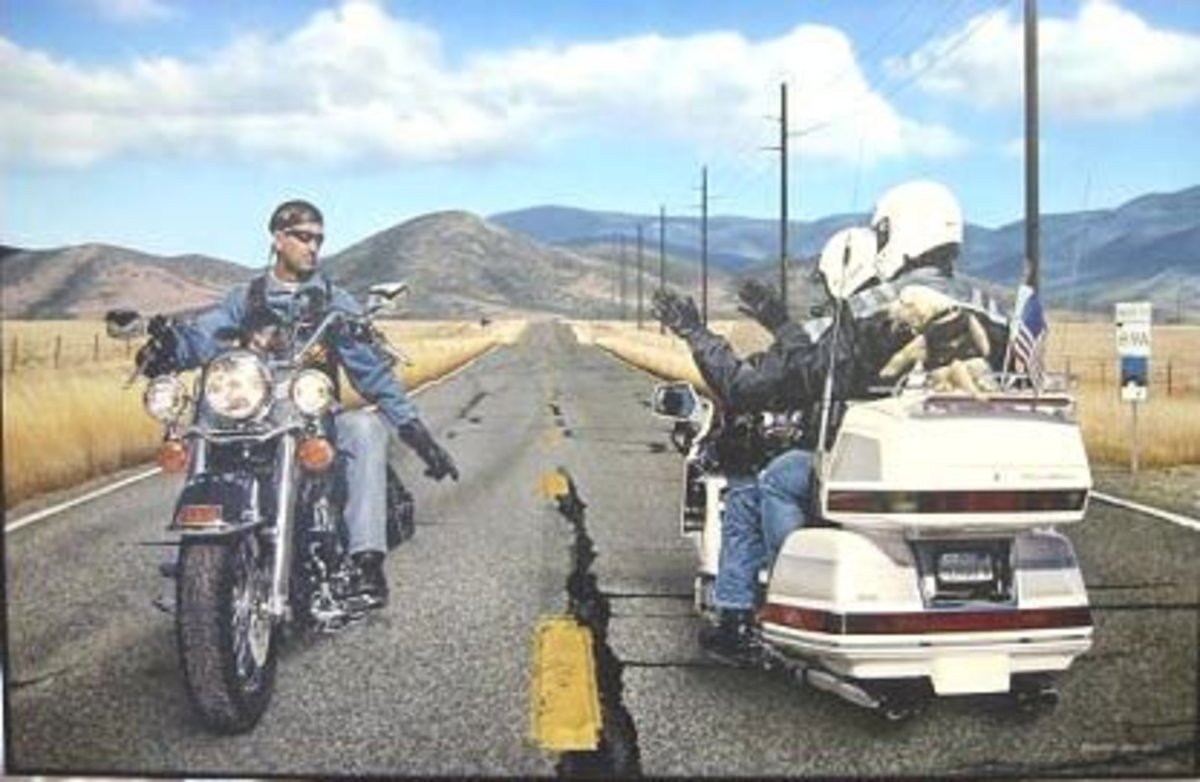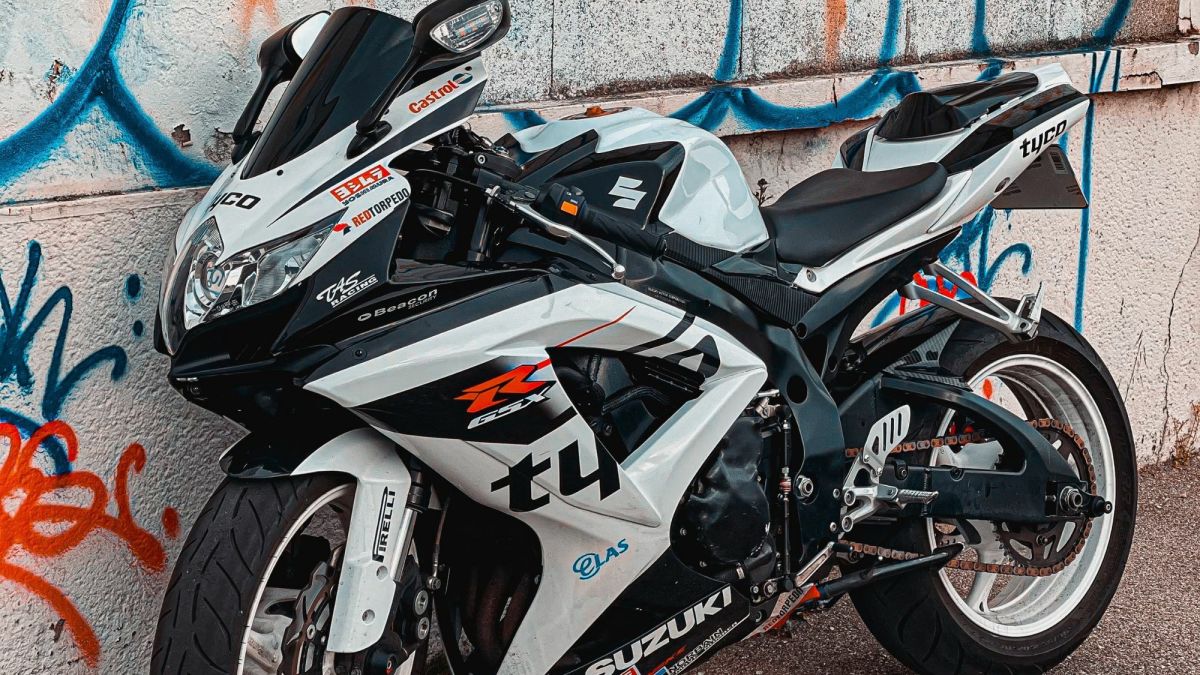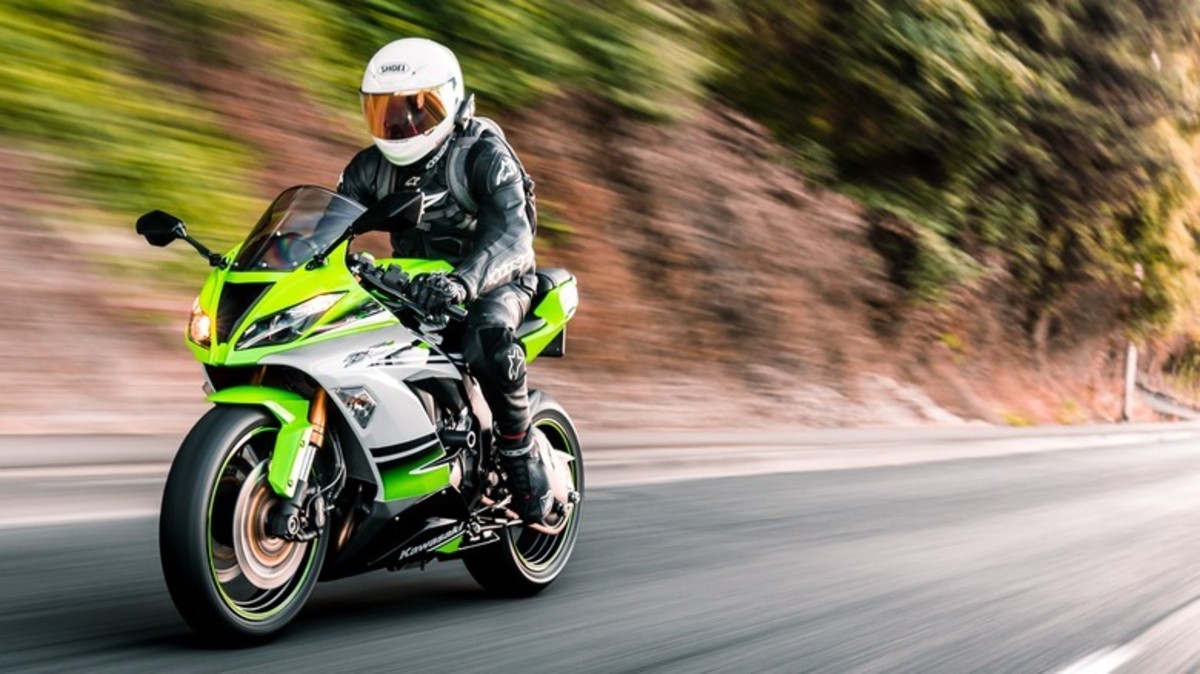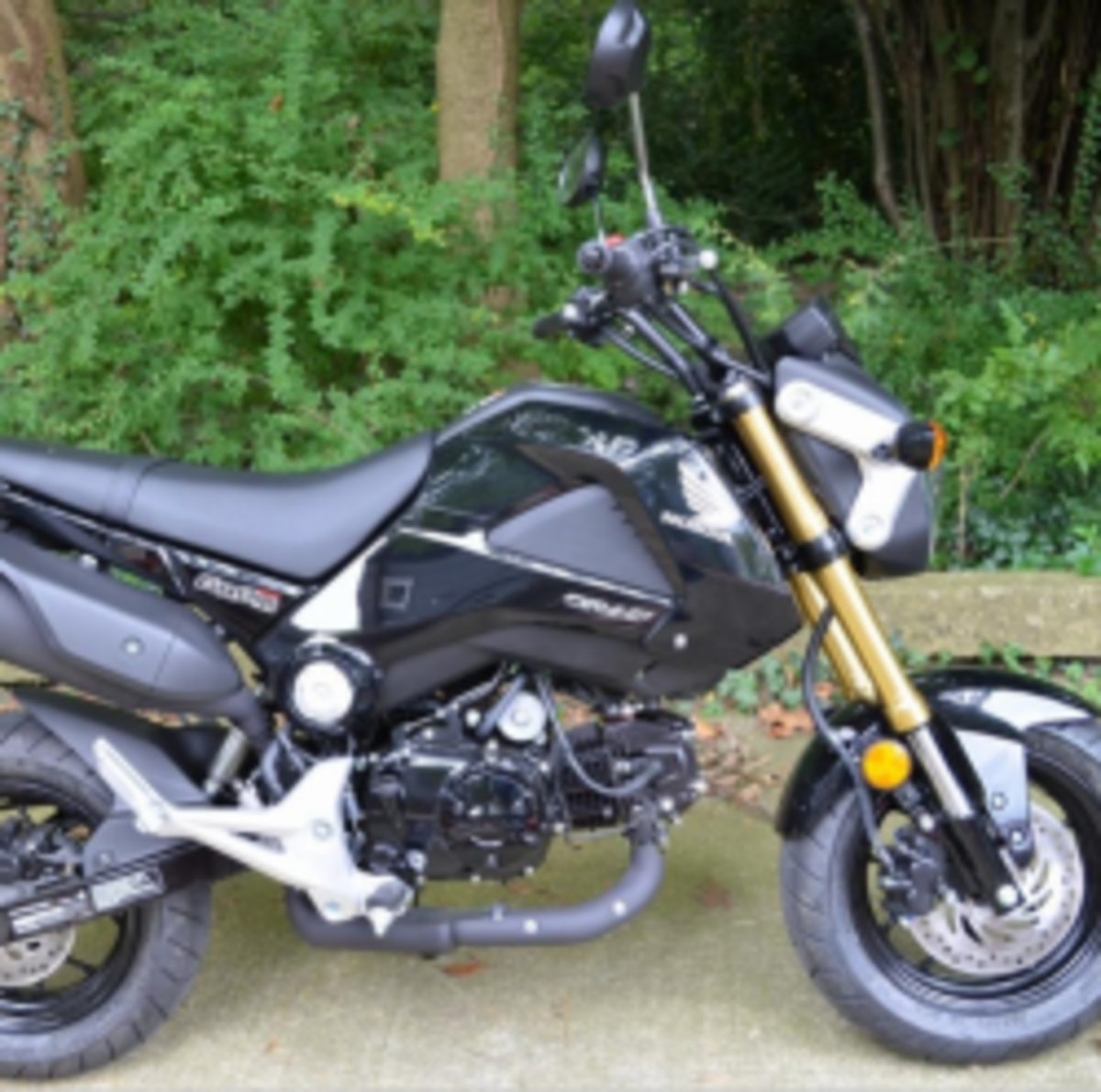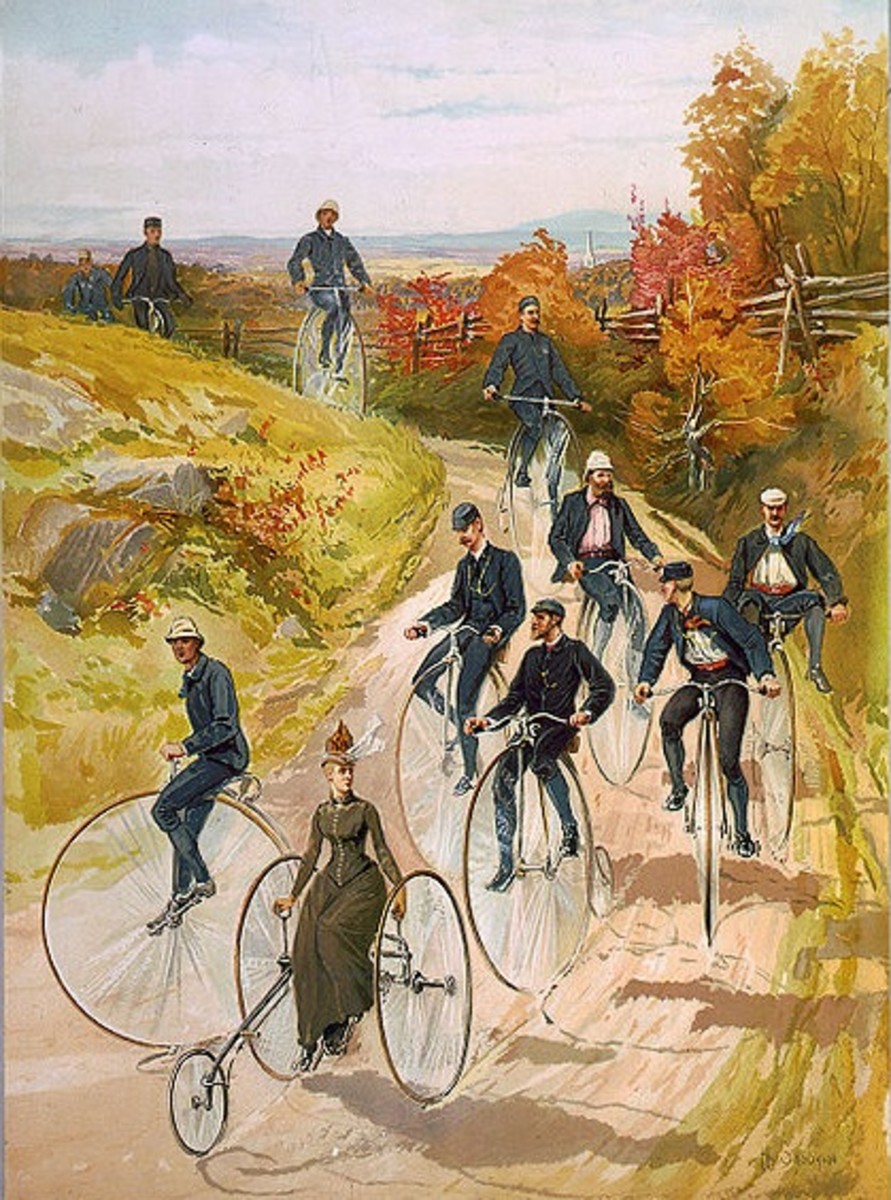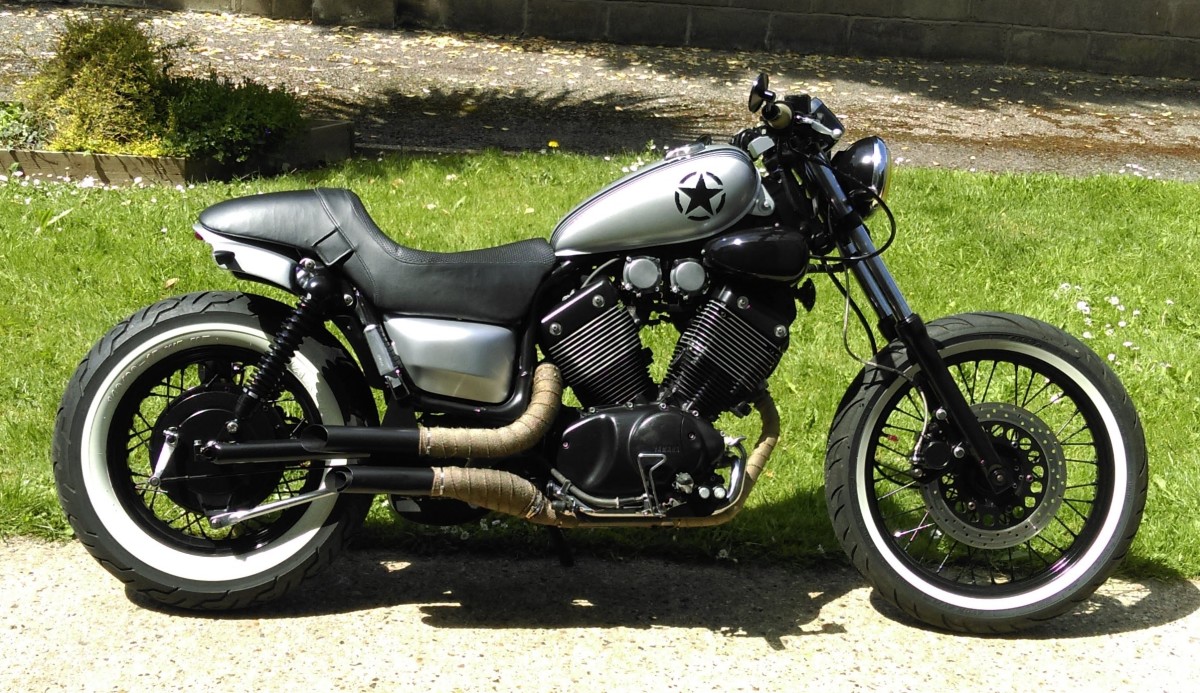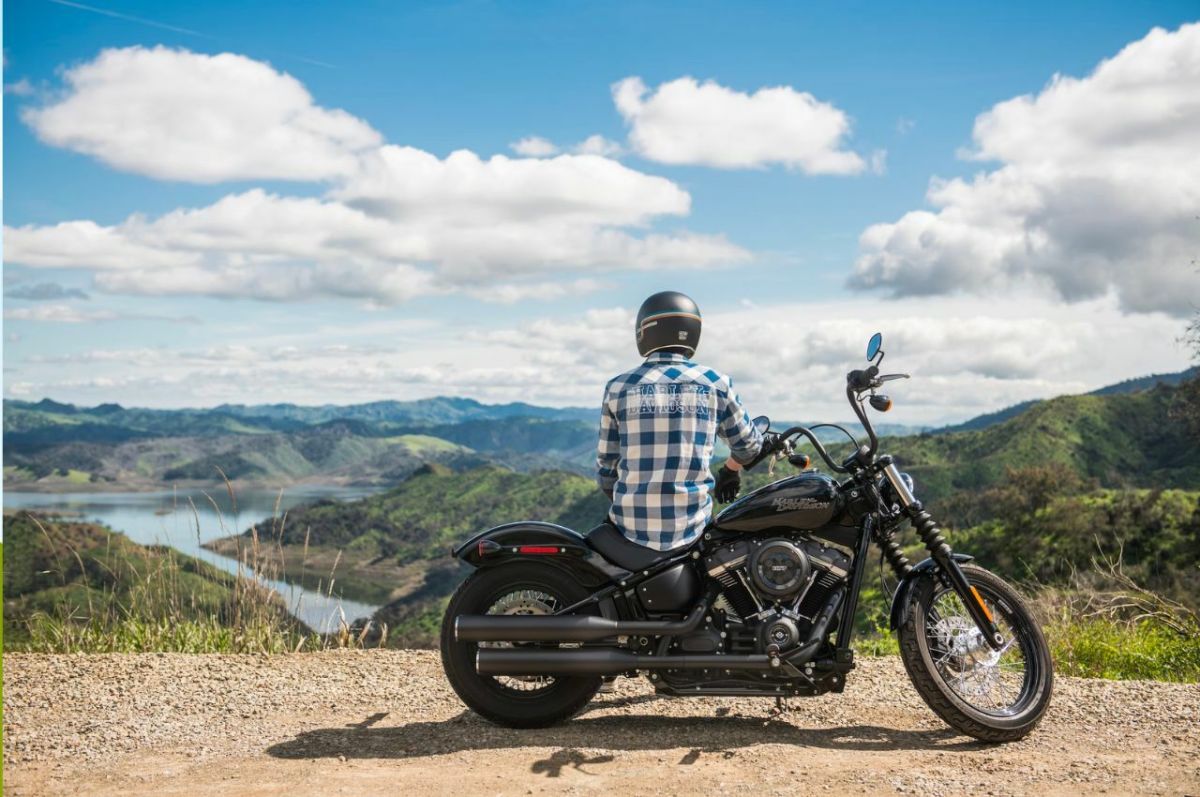Riding a Motorcycle with a Passenger or in a Group
When you get your motorcycle, you'll probably want to spend time getting used to how your bike runs and getting comfortable riding your bike, but you will find that your friends and coworkers who have motorcycles will want to ride with you. Keep in mind that you need to get used to how your new motorcycle runs before getting out with others and riding with a group or with a passenger.
Safety riding a motorcycle is very important.
Plus, motorcycles really aren't built to have passengers even if they have a second seat. It's just much safer to ride a motorcycle solo that with a passenger.
But, if you feel you are ready for a passenger or that you're ready to ride with a group, make sure that you know the safety precautions before you go on your ride.
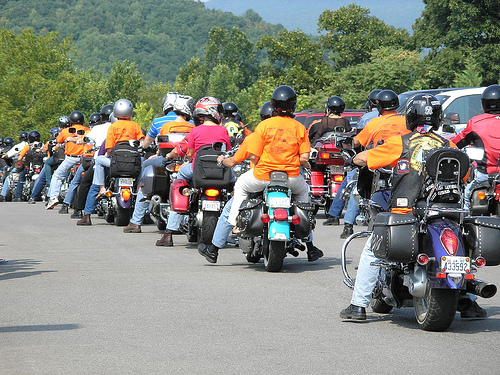
Riding in a Group
If you plan on riding long distance with a group of buddies on your bikes, you'll want to make sure that you are able to communicate while on your bikes. It's not like riding in your vehicles while on vacation; you can't just whip out your cell phone and call the guy in front of you to tell him you need a bathroom break. Get a few hand signals prepared, so that everyone knows when you need to stop, whether it be for food, gas, or for a bathroom break.
- Riding in a group of more than four motorcycles can be confusing for both you, the others in your group, and other motorists on the road with you. If the group is excessively large, consider breaking up the group into smaller groups.
- You'll want to ride in a staggered formation, versus all in a straight line or right next to each other. It's a good idea to have the first bike on the left side of the lane, the second on the ride, third on the left, etc. Just make sure that you're not side-by-side.
- Always keep in mind the two second rule, keeping a two second distance between you and the person in front of you.
- When you come to a stop light or a stop sign, wait in pairs.
- Pass other motorists individually when it is safe. Never pass other motorists in pairs or groups.
Riding with a Passenger
Remember that even if you want company on your ride, a passenger is going to add weight to the bike, and the extra weight will affect the handleability of the bike. If you plan on riding with a passenger, whether he/she weigh es 100 pounds or 200 pounds, you'll want to adjust the suspension and tire pressure on the bike to compensate the extra weight.
When you have a passenger, your braking abilities will also change. You'll want to take that into account, as well. The more weight you have extra, the longer it will take to stop.
You want to instruct your passengers to always mount from the same side and to let you know before they get on. This will help prevent you and your bike from falling over.
You'll want to make sure that your passenger is protected for the ride. That means a helmet and proper riding clothes. You don't want scarves flapping in the wind, nor do you want shoe laces or loose pants legs catching on the rear wheel or chain parts. So you want to make sure that your passenger follows the same rules that you follow.
Make sure that your passenger straddles the bike. NEVER carry anyone sidesaddle. You want the passenger to put a foot down when you come to a stop, and when riding, have the passenger use the footrests.
Your passenger needs to know where the hot parts are, such as the header pipes and mufflers. You don't want your passenger to injure him/herself.
Instruct your passenger to hold onto you at your waist or hips, and ask them to lean forward slightly when you leave from a stop or accelerate on the highway. You want to advise the passenger not to lean unless you do, and make sure that the passenger leans tin the direction that you lean. It's also advised that your passenger look over your shoulder when turning because it will help put the weight where you want it, making steering easier.
When braking, you'll want your passenger to firmly brace him/herself aainst your wasit and lean back just slightly because you don't want the weight to shift forward.
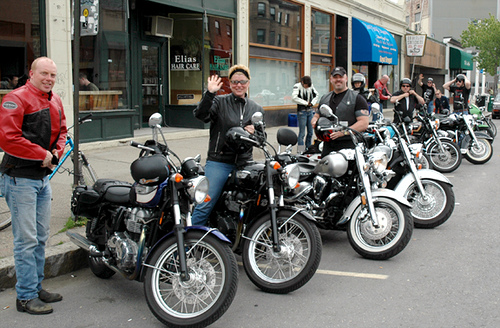
Motorcycle Riding Tips
- Motorcycle Training Tips for Beginners
If you're new to riding a motorcycle, you want to make sure that you practice riding your bike so that you're comfortable before you get on the road. - Motorcycle Safety: Make Sure Motorists See You On The Road
When riding a motorcycle, it all boils down to you an the road. There are millions of miles of road, whether it be a 1-lane dirt road or a 12-lane highway, you want to be very alert and watchful. - How to Safely Correct Motorcycle Equipment Failure
If your motorcycle is properly maintained, you reduce the possibility of any equipment failure, but just in case you'll want to consider the following tips to correcting equipment failure. - Tips for Riding a Motorycle in Bad Weather and Braking in an Emergency
Riding a motorcycle is so much different than driving a car, and when riding a motorcycle, you want to be extra careful when riding in the rain, over railroads, or in the wind in a motorcycle. - Gear to Wear Riding a Motorcycle - Motorcycle Gear
When riding a motorcycle, it is important that you wear the right clothing because it will not only make the ride more enjoyable, but it will make the ride more comfortable and more safe. - Motorcycle Safety for Beginners - Know Your Motorcycle
If you're going to be a safe rider, you want to know your motorcycle. Riding a motorcycle is much different than driving a car or riding on a bicycle.
- Indian Motorcycle Online Portal - GeorgiaBagger.com
Indian Motorcycle Portal for Product Reviews, Motorcycle Events, Indian Motorcycle Forum,Indian motorcycle classifieds, Indian Motorcycle Service Manuals, Indian motorcycle history, Indian Motorcycle Riders Group Registry,Indian Motorcycle News

